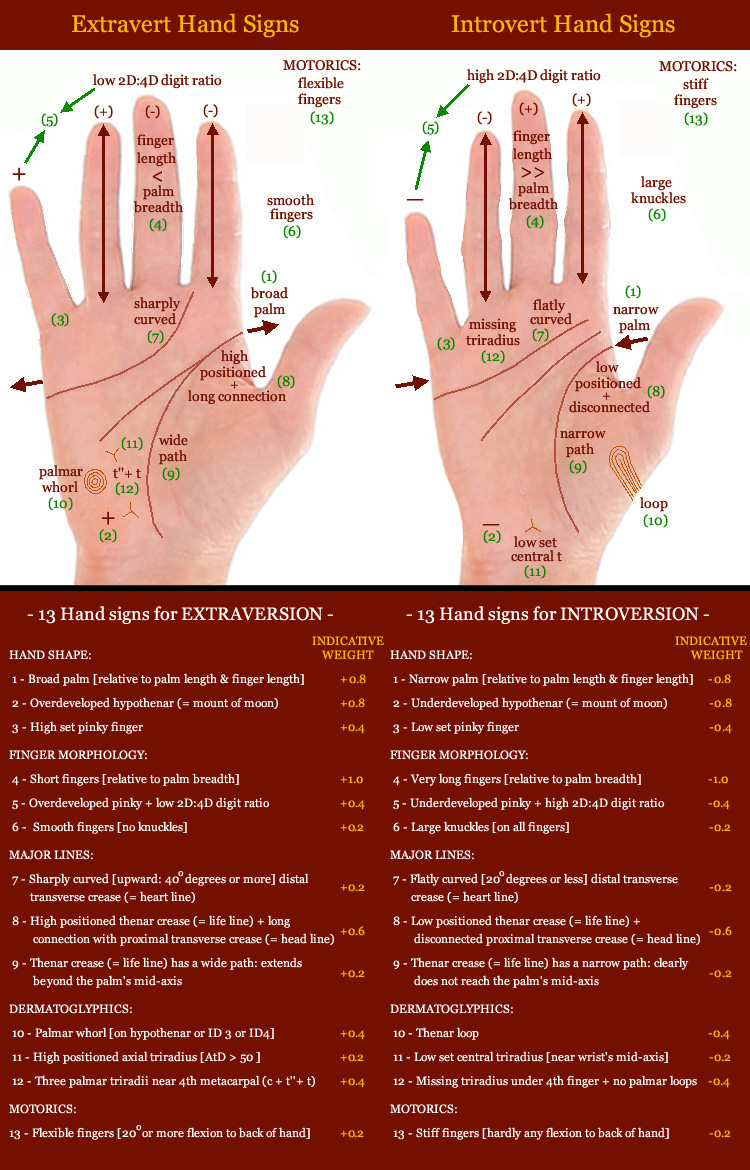

But humans are fantastically efficient long-distance runners, comparable to wolves and wild coyotes," said Longman. Rabbits, for example, are much faster sprinters, despite being fat and round. Longman points out that prenatal testosterone exposure is a very small influence on running ability that doesn't compete with training and muscle strength when it comes to performance, but their unprecedentedly large sample size of over 500 people enabled the team to gather conclusive evidence. The 10% of women with the most masculine digit ratios were, on average, 11 minutes and 59 seconds faster than the 10% with the least masculine. The correlation was also found in women, but was much more pronounced in men, suggesting a stronger evolutionary selection in men for running ability. They found that the 10% of men with the most masculine digit ratios were, on average, 24 minutes and 33 seconds faster than the 10% of men with the least masculine digit ratios. The team analysed 542 runners (439 men 103 women) at the Robin Hood half marathon in Nottingham by photocopying hands and taking run times and other key details just after runners crossed the line. This digit ratio is the most accurate known way to tell if an adult was exposed to higher levels of testosterone as a foetus - a proven predictor of the "potential for reproductive success" in men, say researchers. All traits you want passed on to your children," he said.

In which case more meat is not a factor, but the ability to get meat would signal underlying traits of athletic endurance, as well as intelligence - to track and outwit prey - and generosity - to contribute to tribal society. But hunter-gatherers may have used egalitarian systems with equal meat distribution as we see in remaining tribes today. "It was thought that a better hunter would have got more meat, and had a healthier - and larger - family as a consequence of providing more meat for his family. "The observation that endurance running ability is connected to reproductive potential in men suggests that women in our hunter-gatherer past were able to observe running as a signal for a good breeding partner," said the study's lead author Dr Danny Longman. The study was conducted by researchers at the University of Cambridge's Division of Biological Anthropology and is published today in the journal PLOS ONE.

This increases the likelihood they would have other key traits of good providers such as intelligence and generosity. Researchers say the finding that males with greater "reproductive potential" from an evolutionary standpoint are better distance runners suggests females may have selected for such athletic endurance when mating during our hunter-gatherer past, perhaps because 'persistence hunting' - exhausting prey by tirelessly tracking it - was a vital way to get food.ĭistance running may also have acted as a positive 'signal' for females of desirable male genetics more generally, say researchers: good runners were likely to be better persistence hunters and consequently better providers. Now, latest research on marathon runners using finger length as a marker for hormone exposure shows that people who experienced higher testosterone in the womb are also better at distance running - a correlation particularly strong in men, although also present in women.


 0 kommentar(er)
0 kommentar(er)
